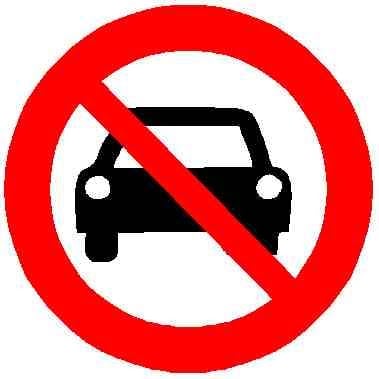“Giving people more viable alternatives to driving means more people will choose not to drive, so there will be fewer cars on the road, reducing traffic for drivers.”
Concise, easy to understand, and accurate. I have used it at least a dozen times and it is remarkable how well it works.
Also—
“A bus is about twice as long as a car so it only needs to have four to six passengers on board to be more efficient than two cars.”


The solution that many Bus Rapid Transit systems implement is giving buses priority at lights.
That is a good way to do it, but requires the bus lanes to be properly arranged in the first place.
It’s useless to give priority to a vehicle that is packed behind other vehicles.
Also, considering the amount of busses and variety of bus routes over here (all of which tend to be mostly packed), it can’t really be considered doable everywhere.
There have been some places where separate, divided lanes have been set for a special bus service [1], but they turn out to be only heavily used during the rush hours, while during other times, tend to be mostly empty, again, because not every road has enough width to break into a bus lane.
kind of like a tram service, just with more versatility in case some areas don’t have space for a separate lane ↩︎